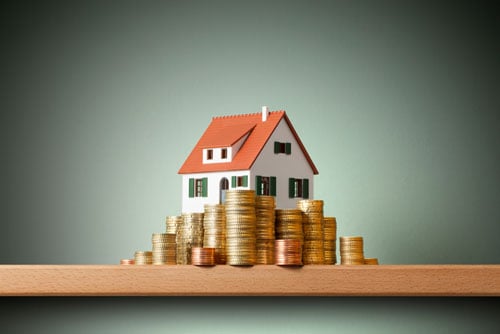
1. Principal
- the amount that was loaned to you by the mortgage lender
2. Interest
- the fee you're paying the bank for lending you the money
3. Escrow
- monthly allowance for property taxes and homeowner’s insurance
Your Mortgage Principal
The mortgage principal is what you borrow to purchase the house, also known as the loan amount. This is the most straight-forward component of your loan payment.
Your Mortgage Interest
The interest rate is the cost of borrowing money and essentially what the bank is charging in order for them to lend you money. Interest rates fluctuate on a variety of factors including your type of loan, home location, down payment, credit score, and more.
Your Escrow
Your escrow is typically the combination of your property tax, homeowners insurance, and potentially private mortgage insurance (PMI). Your escrow account is set up to collect your monthly taxes and insurance to pay in a lump sum at the end of the year. The payment is normally completed by your lender making it a seamless process for you as the borrower. At the end of the year, a reconciliation is done and adjustments to your escrow – and your mortgage payment – may be necessary.
When determining how much house you can afford, it's important to keep each of these components in mind as each will impact your monthly payment costs. There's much more to a payment than simply the amount you're borrowing. When determining how much home you can afford, our online Home Affordability calculator is a great place to start; however, it's always beneficial to sit down with a mortgage specialist to discuss your options in person.